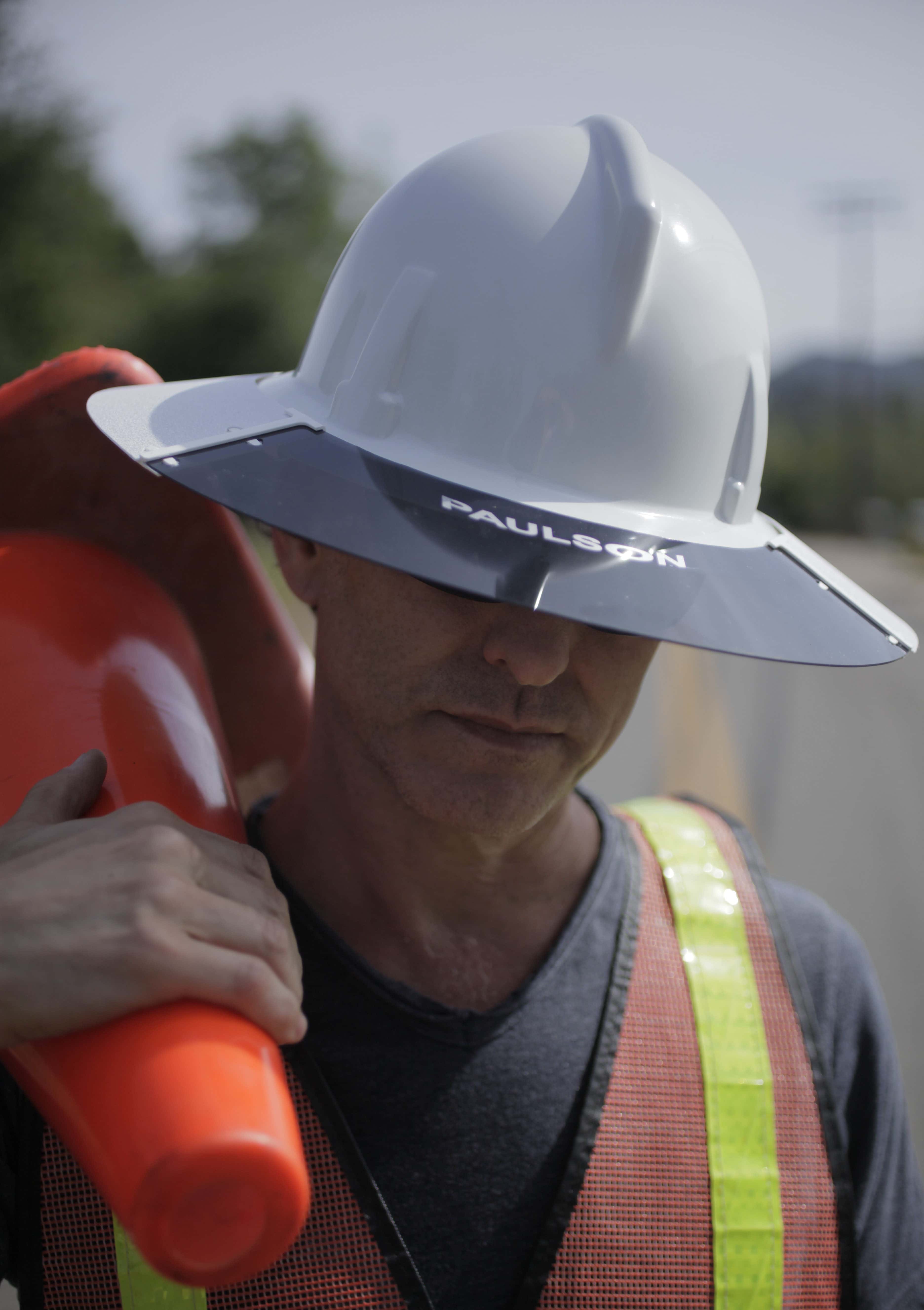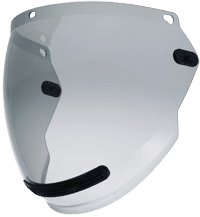
An Introduction to BPA
Polycarbonate contains the now well-known chemical bisphenol A, otherwise known as BPA. This industrial chemical has been used to make certain plastics and resins since the 1960s. BPA is found in polycarbonate plastics and epoxy resins. Without BPA, polycarbonate would not be the versatile material it is – an important tool for lightweight mobility, sustainable building and other major challenges facing us this century. Polycarbonate and BPA as its component have been used safely for more than 50 years, and BPA is one of the most thoroughly examined chemicals.
CA Prop. 65 & BPA Safety
California’s Safe Drinking Water and Toxic Enforcement Act of 1986, commonly referred to as Proposition 65, requires the State of California to publish a list of chemicals known to cause cancer or reproductive harm. The law also requires businesses to inform Californians about exposures to these chemicals and designates a clear procedure for adding chemicals to the list. Since it was first published in 1987, the Proposition 65 list has grown to include more than 950 chemicals.
At a public meeting in May 2015, the State of California’s Developmental and Reproductive Toxicant Identification Committee (DARTIC) unanimously determined that BPA was clearly shown to cause harm to the female reproductive system. This action added BPA to the Proposition 65 list of chemicals, effective May 11, 2015.
As with other materials, there is some potential for extremely small amounts of BPA to migrate from the material to its surrounding, for example from packaging to food. But if this were to happen, numerous studies show that the quantities are far below any safety-based limits set by relevant government bodies. The low – thus safe – consumer exposure has been reconfirmed just recently by the EFSA.
BPA Risk Exposure from Paulson Mfg. Products
The type of BPA exposure a worker or first responder might have from one of our polycarbonate products would be dermal exposure. In other words, contact with the skin. While there have been numerous government studies on the danger of ingesting BPA, there has not yet been a government study measuring the BPA risk level from dermal exposure. However, most experts agree that the amount of BPA exposure through dermal contact would be far below a level that is considered harmful.
Paulson Mfg. will continue to make world-class “Products to Protect People”™, many of which are made from polycarbonate. As a company dedicated to the safety of those who use our products, we will continue to comply with California Proposition 65 requirements and notify customers of any change in product content.
Contact Us today for more information on polycarbonate or BPA.



